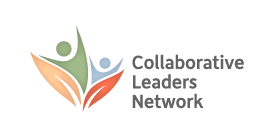A package of givebacks is evaluated for its value to the community and agreed to in this stage.
The goal of this stage is to finalize the package of givebacks. The process is arrived at in three steps:
- Project staff is assigned to research the costs and answer the question of who will pay.
- This information is shared with the group.
- The group responds to this information with careful deliberations to determine which items to omit and which to preserve for the final package.
The process usually involves some gentle questioning by the facilitator, sometimes asked off-line, to each proponent of a particular giveback. For example, “If we do X, Y, Z, are we getting close?” Or, “If we end up with X, Y, Z, how does that feel?”
The facilitator needs to consider everything that has been said and assess whether all the participants (especially those who have not met with the facilitator off-line) can see something of value to them in the final package.
During the meetings, the facilitator (from the sponsoring organization) takes responsibility for pointing out the various risks and realities associated with each proposal that the group is taking seriously. Most community groups will pay attention to those external pressures and make efforts to incorporate those deadlines and demands into the substance of their recommendations.
If the project goes forward — even without community endorsement — so too should the givebacks.
